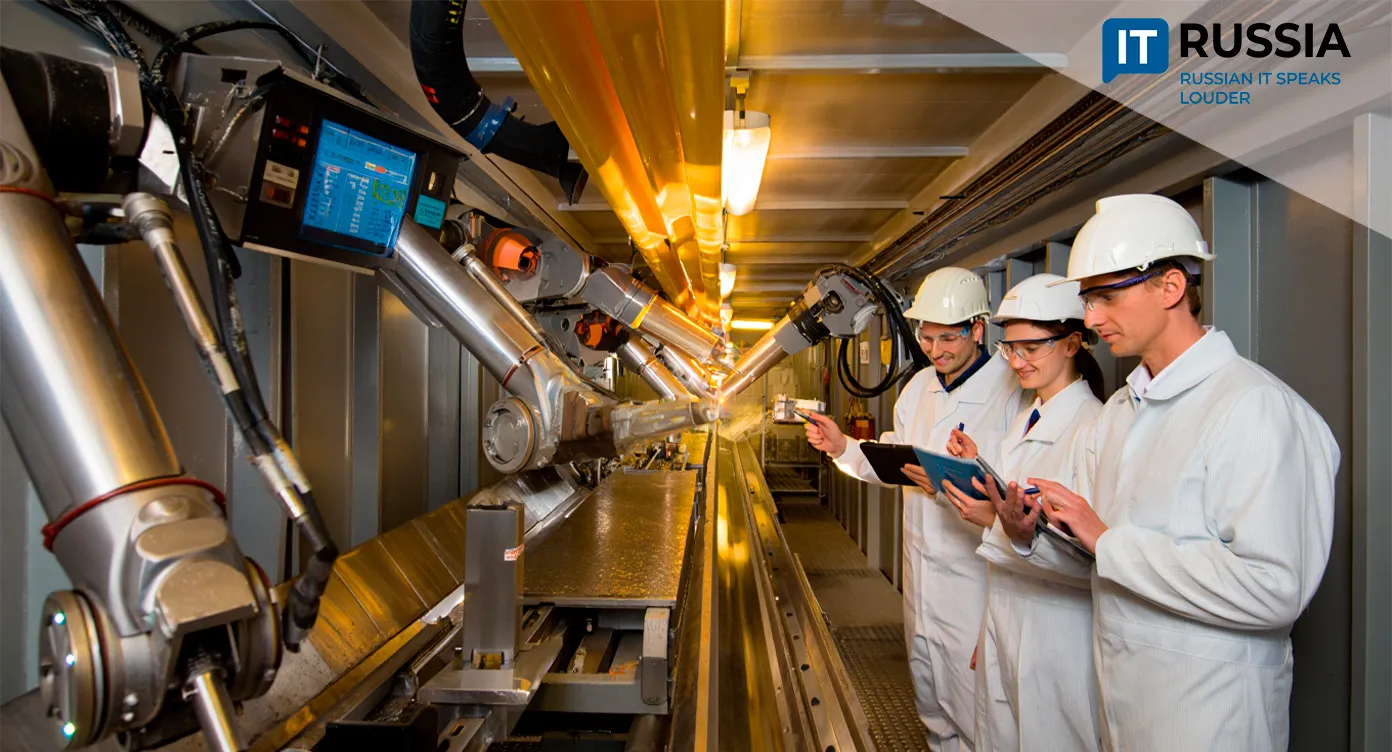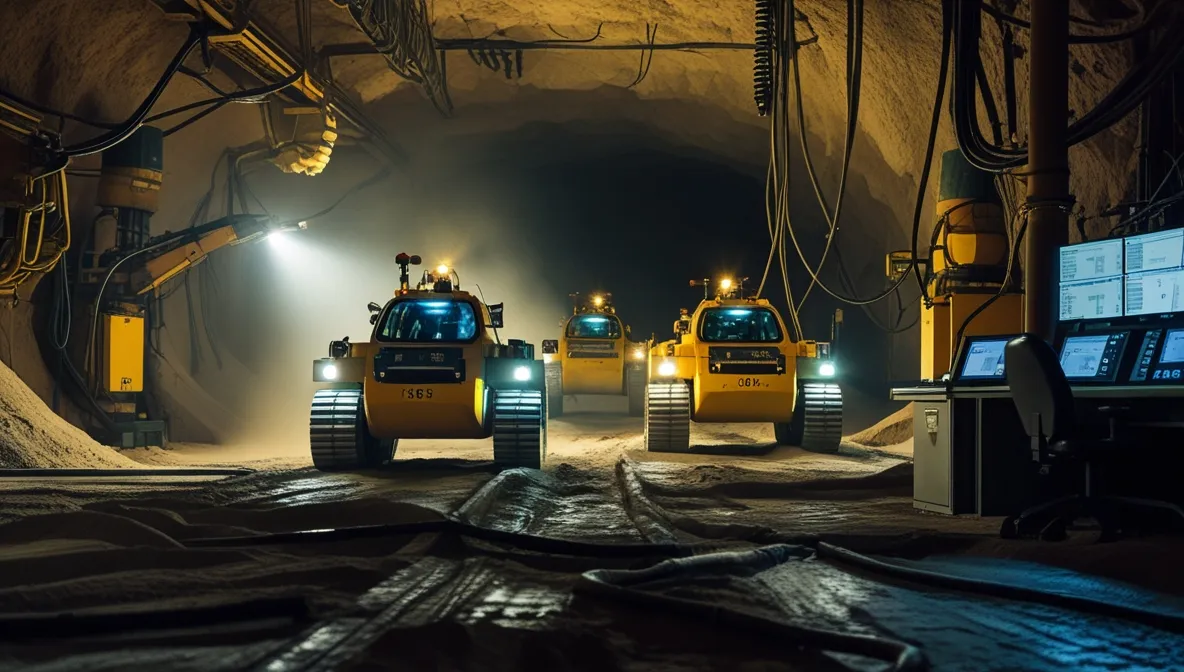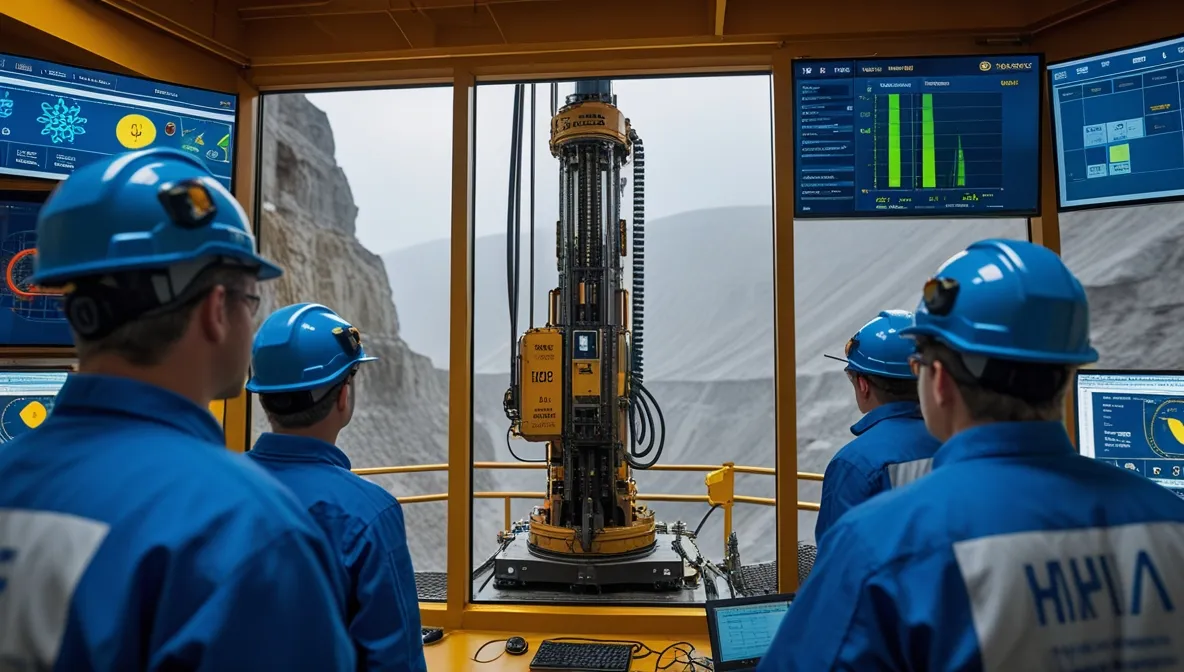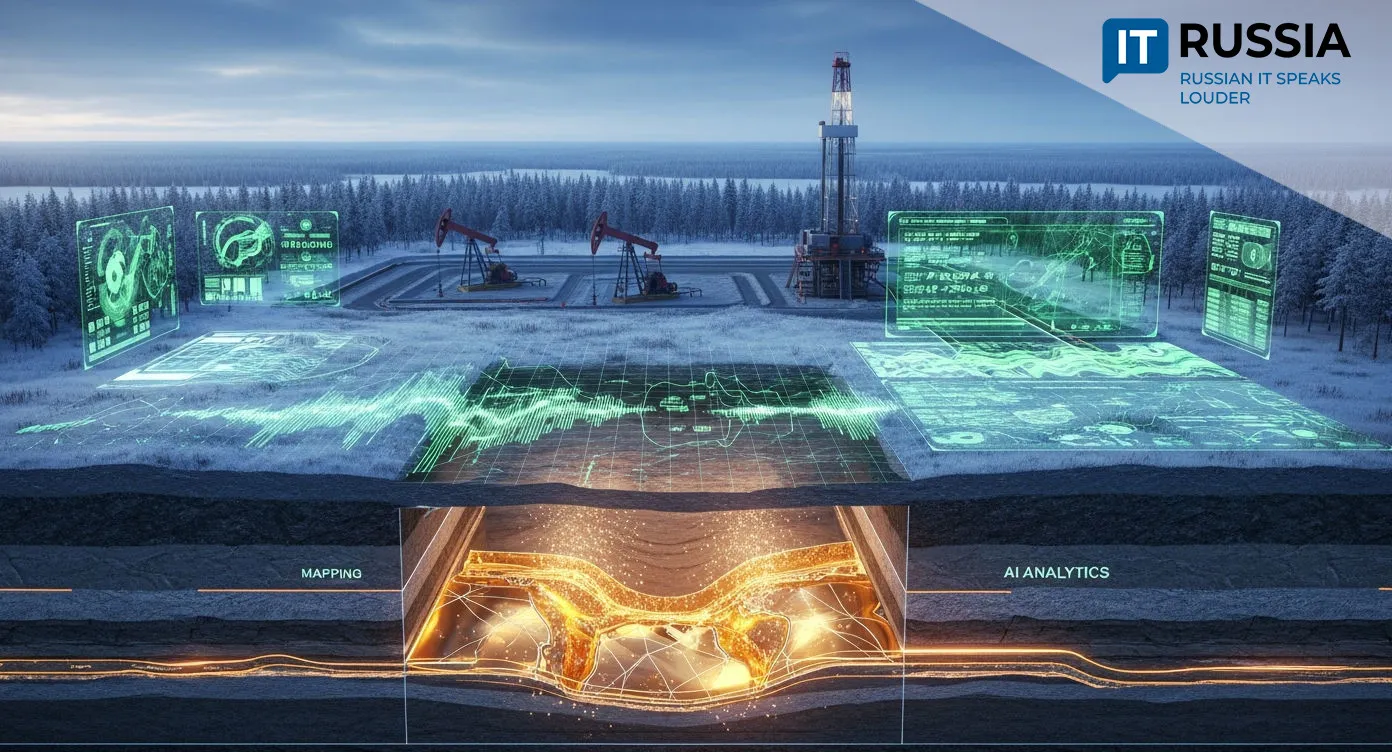Thousands of Robots Head to Uranium Mines: How Rosatom Plans to Solve the Labor Gap
Russia’s nuclear industry is preparing for one of the largest industrial robotics deployments in the world—over 4,200 robots are set to enter production sites by 2030, including uranium mines where labor shortages have already become critical.

A Workforce Crisis Underground
The mining division of Rosatom is facing an escalating personnel deficit: more than 1,360 specialists are missing today, and the gap may grow by another 2,000 by 2030. Uranium mining remains one of the most demanding and hazardous industrial professions — intense physical labor, radioactive exposure, and the constant risk of cave-ins make the job unattractive, especially for younger workers in remote regions.
Rosatom Nedra, the company managing the division, has defined large-scale robotization as its strategic answer to the crisis. In September 2025, Rosatom hosted a strategic session with top executives, mining enterprises, and robotics developers. The result: a detailed, site-by-site roadmap for the deployment of robotic systems across all uranium and rare-earth mining operations.

A Nationwide Robotics Program
Rosatom’s plan calls for the deployment of 4,230 robots by 2030 across the corporation, including 230 robotic systems specifically for the mining division. The systems will be engineered and integrated by AtomIntelMash, a subsidiary of Rosatom Service responsible for technical audits, design, production, implementation, and long-term support.
Key priorities include increasing labor productivity, improving worker safety, building robust IT infrastructure, and retraining employees. Robots will take over the most dangerous and physically demanding tasks, helping reduce production losses and workplace injuries.
Economic Impact: Safer Mines, Cheaper Extraction
The project is not just a social solution. Full-scale robotization will reduce the cost of uranium production, dramatically increase output, and eliminate downtime caused by fatigue, human error, or hazardous working conditions. Robots can operate around the clock in high-risk zones — a critical factor for an industry where process continuity determines profitability.
Different types of robotic systems will handle welding, casting, painting, loading, logistics, and radiation monitoring, as well as inspection of underground tunnels. To support this, mines will require modern communications, navigation, and positioning systems — technology already being piloted at the Priargunsky Industrial Mining and Chemical Union.

Pushing for Technological Independence
A key point: the robots are being manufactured in Russia. Localization has already reached 80%, with full domestic production planned by 2030. Rosatom Service, through AtomIntelMash, has introduced a new industrial robotics brand — AIM — and aims to secure 50% of the Russian market for robotic manipulators, reaching an annual output of 3,000 units.
This creates not only industrial self-reliance but also export potential. Countries with uranium mining industries — including Kazakhstan, Uzbekistan, and several African states — are viewed as future buyers of Russian robotic systems.

Roadmap and Challenges
The first experimental robotized zones will launch within 1–2 years at mines with the highest labor risks and personnel shortages. By 2030, the division plans to scale robotics across most uranium mines and unify technical standards.
Key challenges remain: robots must operate in radioactive, dust-filled, structurally unstable environments, while integrating with legacy Soviet-era infrastructure. Success depends on engineering capabilities, safety regulations, qualified personnel, and sustained funding.
If successful, the program could become a model for other heavy industries — coal, metallurgical mining, and deep-ore extraction — positioning Russia as one of the first countries to automate hazardous underground production at scale.










































